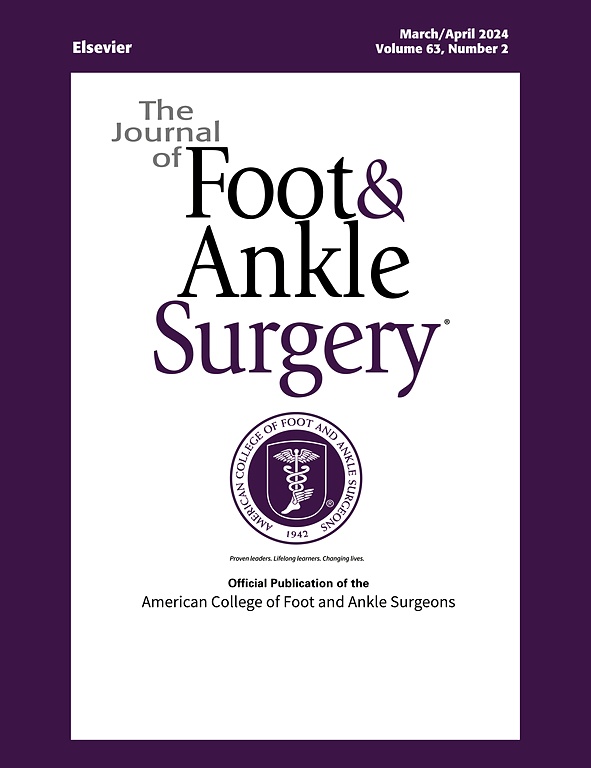
Greater pain reduction with corticosteroid injection vs ESWT in plantar fasciitis

Greater pain reduction with corticosteroid injection vs ESWT in plantar fasciitis
Treatment Outcomes of Corticosteroid Injection and Extracorporeal Shock Wave Therapy as Two Primary Therapeutic Methods for Acute Plantar Fasciitis: A Prospective Randomized Clinical Trial
J Foot Ankle Surg. 2015 Nov-Dec;54(6):1047-52Did you know you're eligible to earn 0.5 CME credits for reading this report? Click Here
Synopsis
84 patients with heel pain or a possible diagnosis of acute plantar fasciitis were randomized to receive either extracorporeal shock wave therapy (ESWT) or corticosteroid injection. The purpose of this randomized controlled trial was to compare the effectiveness of these treatments in reducing pain up to 12 weeks after treatment. The results indicated that both corticosteroid injection and ESWT le...
To view the full content, login to your account,
or start your 30-day FREE Trial today.
FREE TRIAL
LOGIN
Forgot Password?
Explore some of our unlocked ACE Reports below!

Learn about our AI Driven
High Impact Search Feature
Our AI driven High Impact metric calculates the impact an article will have by considering both the publishing journal and the content of the article itself. Built using the latest advances in natural language processing, OE High Impact predicts an article’s future number of citations better than impact factor alone.
Continue



 LOGIN
LOGIN

Join the Conversation
Please Login or Join to leave comments.